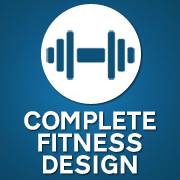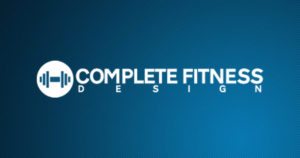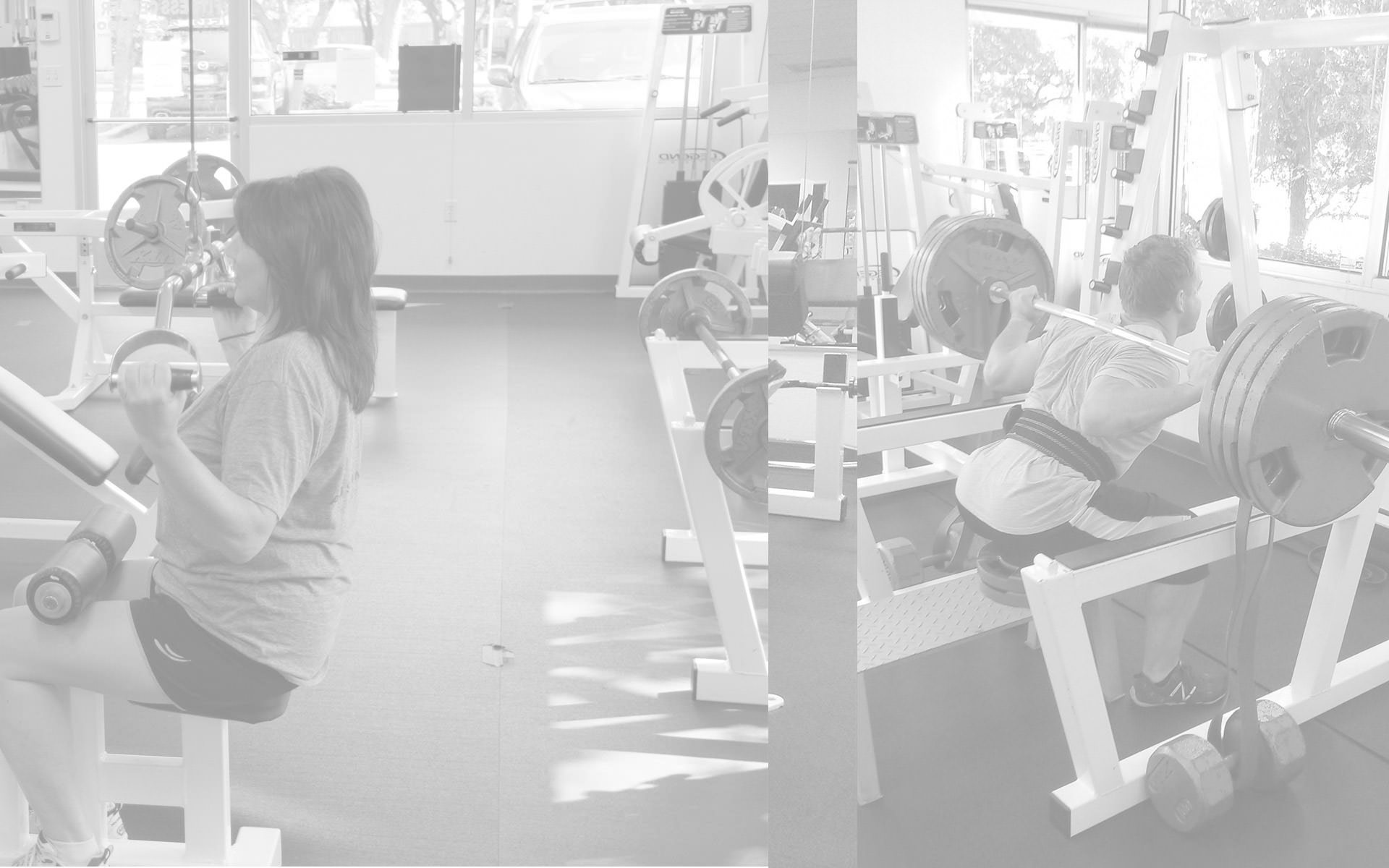What Are Functional Training Exercises?
What are the best functional training exercises? It depends upon what your specific needs are. It also depends upon your physical condition, your medical history, how much time and/or money for a personal trainer, if applicable, you are willing to spend. Functional training could be anything from an NFL linebacker looking for more explosiveness laterally, to a grandmother looking to be able to get out of bed comfortably and safely. For the sake of this blog, however, I will focus on the restorative and/or geriatric applications. My sport specific training article can be found here.
Functional training exercises are essential for older folks who simply want to enhance their quality of life. They are also essential for those rehabilitating injuries or medical conditions. As a longtime personal trainer in Austin, I’ve done 23 cardiac rehabilitations, and countless other rehabilitations for clients from all walks. They could have torn a meniscus, damaged a rotator cuff such as the supraspinatus, had a full knee or shoulder replacement, and so on.
That said, the appropriate functional training exercises for your specific needs, depends greatly upon what those needs are. Functional training exercises are also very beneficial for those looking to avoid injuries as they get older. For example, if a person in their 60s, with a decently clean bill of health is interested in doing some workouts to ensure they’ll be able to get up out of a chair for years to come, presumably anyway, they would need to work all of the muscles of the legs including the gluteals, hamstrings, quadriceps, etc. They would also be advised to work some abdominal as well as core muscles as that has a great amount to do not only with getting up and down, but with overall stability as well.
What are some good functional training exercises? It depends upon you, and your situation, as I previously mentioned. Generally speaking, however, assisted/non assisted body weight squats are great for developing various leg muscles. Seated boats are good for the abdominals and the core. They also can strengthen the hip flexors known as the psoas, iliopsoas, as well as the iliacus muscles, which play a great role in the settlement of the pelvis, and correspondingly, the strength of the low back muscles, which we rely greatly upon for posture. Leg extensions are excellent for quadricep development, particularly the vastus medialis, which plays a huge role in the stability and tracking of the patella.
Some exercises could be defined as functional training exercises for some, but generally speaking, I would hesitate to do so. Those would include pushups and planks, as so much of the form is dictated by the ability to hold one’s shoulders in the proper place and not shrug the trapezius muscles throughout the range of motion or you’re simply exacerbating the tightness that leads you to do it in the first place.
Functional training exercises are a big part of what I do with a certain segment of my clientele as an Austin personal trainer. I work with a decent number of older folks who simply want to ensure their quality of life continues for as long as possible. Geriatric exercise is a thing unto itself and must be approached with caution and experience as it could obviously lead one to injury. When folks get older, it isn’t so easy to come back from an injury as when we’re younger. Therefore, it goes without saying that these functional training exercises are going to be of the gentler variety.
Other times, functional training exercises can be viewed as restorative. As an example, a longtime client of mine named Ray, had a bicycle accident which resulted in a complete shoulder separation. This means that the tendons and ligaments were detached and needed to be repaired surgically. I had trained Ray twice weekly when this happened, so he had no qualms about having me do the job as opposed to outsourced physical therapy. Long story short, in a few months, all the damaged muscles and connective tissue were strengthened, as well as lengthened to their proper proper length. We culminated his restorative exercise program with him bench pressing 305 pounds… at age 65! This was twice what he was able to lift when he was in his 20s, so I’d say it is safe to call it a success. Fast forward a few years, and I still train Ray twice per week. We work on a variety of muscles and issues, but in the end, it all boils down to functional training exercises for him, as he’s pushing 70 years of age and has no plans of slowing down any time soon.
If your’e looking for the best functional training exercises for you, consult with a qualified and experienced personal trainer. Don’t rely on what some guy on the internet whom you’ve never met wrote, or posted as a YouTube video. That’s impersonal, to say the least. What works for you may work for some others, and vice versa, but if you truly want to succeed, keep it personal and appropriate to your needs as opposed to those of others.
Ready to Get Started?

Andy





